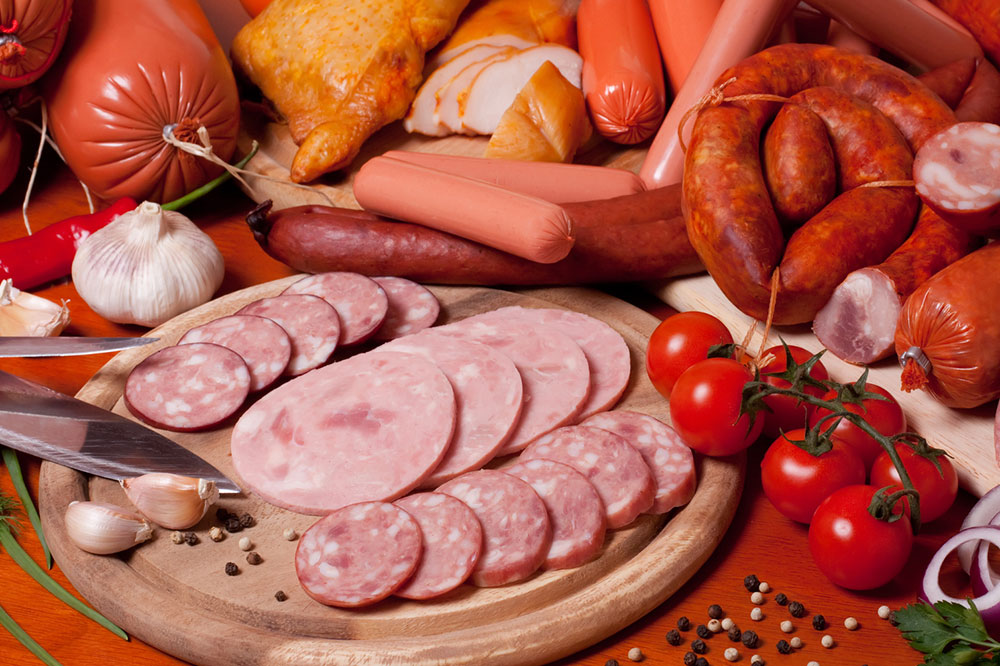
Foods to eat and avoid for optimum kidney health
The primary function of our kidneys is to remove waste from our bodies. When kidneys don’t function properly, they must work harder to remove the waste. The unflushed minerals like phosphorous, potassium, and salt that remain in our bloodstream lead to various diseases, like uremia, hyperkalemia, brain dysfunction, and hypertension. A typical kidney or renal meal plan has less potassium, phosphate, and salt, which helps maintain the salt and mineral levels within prescribed limits.
Here are a few guidelines on what is ideal and what one should avoid for proper kidney functioning.
Limit a few minerals
Doctors will talk about the amount of potassium, phosphorous, and salt one can consume daily, though the amount may vary based on the severity of the disease. Doctors and dieticians generally advise limiting foods rich in phosphorous, like meats, poultry, fish, milk, beans, whole grains, dried vegetables, chocolate, and dark sodas. Also, one can restrict potassium-rich foods like bananas, avocados, orange juice, tomatoes, cantaloupe, beans, melons, prunes, and papayas. There should be a limit on sodium intake by removing salt from food and replacing it with herbs and spices for taste. It is also advised to avoid packed and processed foods that may contain hidden salt. Lastly, avoid consuming processed meat, pickled, and fermented foods as they may have high salt levels.
Include Carbohydrates
Carbohydrates are crucial for those diagnosed with early-stage kidney stage and for those under dialysis. Carbs supply the necessary energy to carry on with regular activities. Carb foods also contain fiber which protects the heart, blood vessels, and colon. Fiber helps regulate blood pressure, reduces inflammation, and helps with constipation and diarrhea. Some safe carbs for consumption are rice, pasta, bread, cereals without nuts and seeds, and noodles and dumplings.
Include protein
People with kidney disease may be susceptible to infections and frequently feel tired. Protein can help them regain strength and provide the required energy. Doctors recommend about seven to eight ounces of protein from sources like eggs, seafood, beef, pork, chicken, turkey, or veal.
Eat kidney-safe fruits and vegetables
Not all fruits and vegetables contain potentially harmful minerals for the kidneys. One can take about five portions of such fruits and vegetables daily. Boil the vegetables in water and discard the residue to reduce the amount of potassium. Some fruits and vegetable ideal for a kidney meal plan include apples, blueberries, broccoli, cabbage, carrots, cauliflower, clementines, cucumber, leeks, mandarins, nectarines, peaches, pears, peas, peppers, plums, raspberries, runner beans, satsumas, swede, and watermelon.
Limit dairy intake
One of the first things a doctor would recommend for a kidney-friendly meal plan is to reduce or avoid dairy, depending on the stage of kidney disease. Milk contains high amounts of potassium. Slowly shift to plant-based dairy alternatives like soy, rice, or oat milk. Avoid hard cheeses like cheddar as they are rich in phosphates, and eat soft cheese like cottage cheese, cream cheese, feta, or mozzarella.
Useful tips for a kidney-friendly meal plan:
One must avoid drinking too much water, follow their doctor’s advice, and limit fluid and water intake accordingly. If they feel thirsty, chew on hard candies or ice chips instead of drinking water. Also, one must avoid deep frying and use stir-frying, grilling, or broiling methods to cook food. Always read labels to identify if the food has hidden salts. When using canned food, discard the syrup and rinse the fruit, vegetable, or meat with water to remove excess salt before cooking or eating. Always consult a dietician to work out a menu and commit to it even if it is not palatable.




